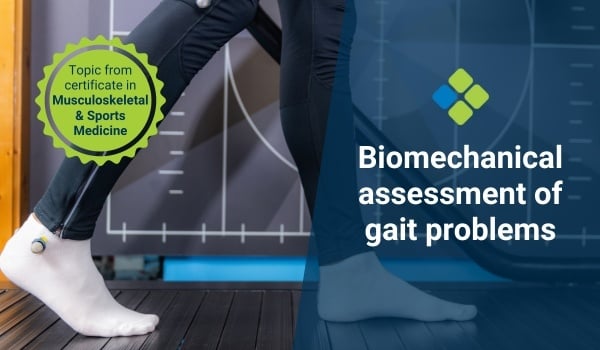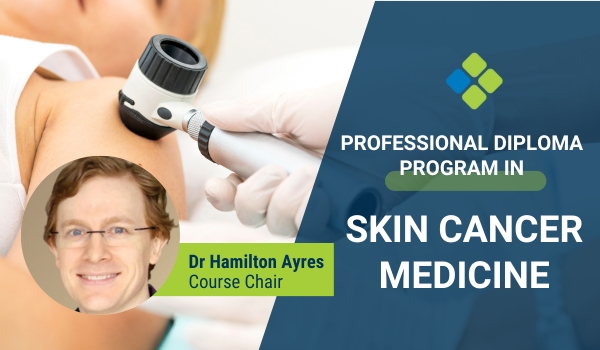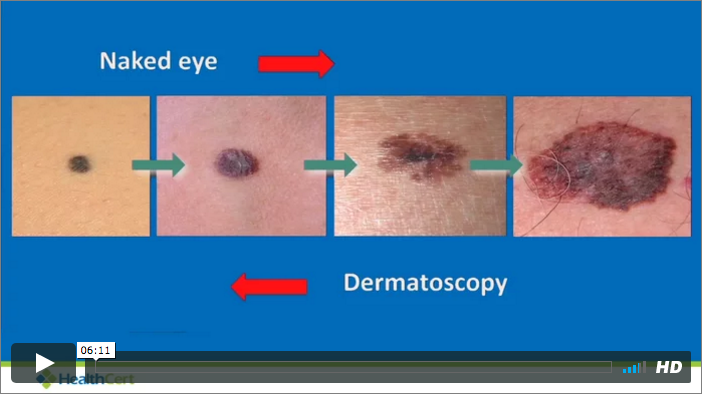Biomechanical assessment of gait problems
Read more about the biomechanical assessment of lower limb and gait problems in the clinical setting.

HealthCert Education
The variations in human gait depend on biomechanical differences unique for every individual, such as physical activity, age, normal walking patterns, and pathological conditions that result in an abnormal gait.
Differences in anthropometric measurements, stride length and speed contribute to varying gait patterns.
In clinical settings, clinicians use subjective observation to analyse gait. The biomechanical assessment of the patient's lower limb involves analysis, assessment, and evaluation of joint range of motion, muscle action, and walking pattern, from anterior, posterior, and lateral views.
The patient is assessed based on the following anatomical components:
- Lumbopelvic control
- Hip muscle control (intrinsic stability)
- Hip range of motion
- Knee and ankle muscle control
- Foot position
- Proprioception and balance
Normal biomechanical lower limb assessment checklist
Spine
• Lordosis/kyphosis
• Lateral scoliosis
• Rotational scoliosis
Pelvis
• Ant/post tilt
• Elevated/depressed
• Rotation
Femur
• Internal/external rotation
• Hip
• Flex/extension
• Adduction/abduction
Tibia
• Internal/external torsion
• Knee
• Flex/extension
• Varum/valgum
Ankle
• Plantar flexion
• Dorsiflexion
• Varus/valgus
Foot
• Toe flex/ext
• Pronation/supination
• Adduction/abduction
Biomechanical parameters for gait analysis
Gait involves a complex interaction between the neuromuscular and skeletal muscle coordination. Failure of either of these systems can cause movement disabilities.
Certain biomechanical parameters are used to identify the abnormal gait, including gait velocity, cadence, stride length, joint angles.
Another conventional method to identify gait deviation is spatiotemporal gait assessment.
The phases of a normal gait cycle:
- Initial contact
- Mid stance
- Terminal stance
- Push off
- Pre swing
- Initial swing
- Mid swing
- Terminal swing
The biomechanics of the lower limb depend on the musculoskeletal model proposed by Arnold et al. A musculoskeletal model is made up of bones, muscle-tendon segments, ligaments, and wrapping materials. Joint mobility is contingent upon the appropriate activation of every muscle group.
The body segments that make up the musculoskeletal model of the lower limb (including both legs) are the torso, pelvis, left and right femur, tibia, patella, talus, calcaneus, and toes.
The musculoskeletal model is used to estimate the joint position, acceleration and velocity of movement to achieve the normal position and gauge the effect of multidirectional forces and torque produced on joint motion.
Gait problems
Pathological gait is often characterised by abnormal biomechanical patterns.
Gait abnormalities can develop due to neurological conditions such as stroke, Parkinson's, cerebral palsy, cerebral ataxia, or myelodysplasia, or due to trauma, injury or neuropathy such as peripheral neuropathy, femoral nerve neuropathy, etc.
The basis of treatment is an understanding of the elements of a typical human motion.
The common biomechanical pathological gait is summarised here:
|
excessive foot pronation |
weak tibialis posterior, pes planus |
equinus gait |
· decreased ankle dorsiflexion · tibial varum · tibia and femur medial rotation |
|
excessive foot supination |
pes cavus |
equinus gait |
· pelvis lateral rotation · femur rotation · medial rotation at tibia and femur |
|
excessive plantar flexion |
Achilles tendon contracture |
contracture gait |
· knee hyperextension · trunk forward bend · hip flexion · early heel rise |
|
foot slap |
dorsiflexor weakness |
steppage gait |
cerebral ataxia · poor balance · broad base · lurch/stagger · poor sensation and muscle coordination |
|
circumduction |
abductor muscle shortening |
· atherogenic gait · neurogenic gait · hemiplegic gait · hemiparetic gait · flaccid gait |
· hip and knee stiffness · smaller gait length · loss of flexibility in hip and knee · increased limb length |
|
pelvic drop |
contralateral gluteus medius weakness |
Trendelenburg’s gait |
· coxa vera · congenital dislocation of hip · lateral thorax thrust · drooping of contralateral side |
|
decreased hip flexion |
flexors weakness and extensor shortening |
psoatic limp gait |
· leg calves Perthes’ disease · hip adduction along with lateral rotation and flexion · increased limb length |
|
decreased hip extension |
extensor weakness, flexor contracture |
contracture gait |
· lumbar lordosis · trunk extension · knee flexion |
|
adductor muscle paralysis |
adductor shortening |
scissors gait |
· cerebral palsy · knee flexion · hip external rotation · spastic paralysis of adductor muscles |
|
general body flexor spasticity |
neck trunk knee flexors affected |
Parkinson’s gait |
· neck trunk knees flexed · festination · forward lean · short steps · fast paced · loss of alternating arm movement |
- Dr Humda, Physiotherapist
Learn more about this topic in the HealthCert Professional Diploma program in Musculoskeletal & Sports Medicine - fully online or with optional practical workshops.
Engaging with this blog can help meet your annual
|
|
If you consume educational webinars, podcasts, articles, or research on this blog, you can Quick Log CPD hours with the RACGP via the usual self-submission process. You will be asked to reflect on what you have learned, and you will require supporting evidence such as a screenshot. |

 1800 867 1390
1800 867 1390



-1.jpg)



